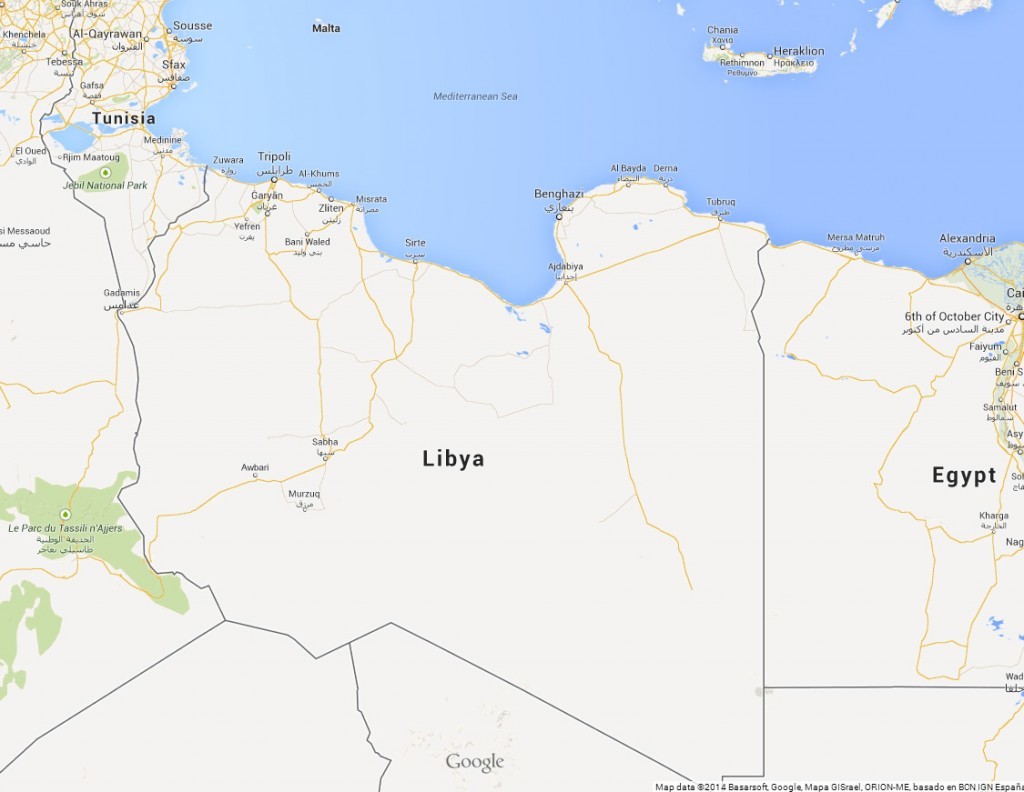
Libya’s state crude producer is seeking to reopen oil ports and restore crude output as the fractured OPEC nation struggles to reunite after five years of civil strife, according to its chairman.
Four ports accounting for about 860,000 barrels a day in crude exporting capacity have been shut due to political turmoil and fighting. Libya now produces a fraction of the 1.6 million barrels a day that it pumped before the toppling of ruler Moammar Al Qaddafi in 2011. A July 2 deal uniting the National Oil Corp.’s rival administrations enables the company to focus on reviving Libya’s crippled oil industry, Chairman Sanalla Ibrahim said.
“After the unification of NOC, the opening of the ports and the increase of production are absolutely our top priorities,” Sanalla said in remarks published Monday on the NOC’s website. “We have heard hopeful noises in recent days about the opening of the ports.”
The nation’s closed ports of Es Sider, Zawiya, Ras Lanuf and Zueitina have a combined export capacity greater than the output of either Indonesia, Qatar or Ecuador — fellow members of the Organization of Petroleum Exporting Countries. Libya, with Africa’s largest proven crude reserves, is today the second smallest producer in OPEC. NOC’s unification accord was meant to end the conflict over who can control oil sales in Libya, where factions are working to set up a Government of National Accord.
The NOC’s headquarters will be moved to Benghazi in eastern Libya “when security and infrastructure permit,” and oil revenue will continue to be held by the central bank in Tripoli, Sanalla said. The bank, controlled by the Presidency Council, will decide with the council to share the funds “fairly” among the country’s state institutions, he said.
The unified NOC recognizes the Presidency Council in Tripoli as Libya’s highest executive body and the parliament in the east as the legislative authority, Sanalla said. NOC will consider all export agreements signed by the company’s eastern administration “and judge them on their merits,’’ Sanalla said. “The main criteria will be whether the counterparties meet our standards and whether the contracts benefit Libya.”
The unification agreement doesn’t need additional approval, he said.
Company officials have reviewed the budgets of both NOC administrations and agreed on a joint spending plan for the rest of the financial year, the company said in a statement on July 3. “Detailed audits of both budgets have been prepared and we are now in a position to merge them,” Sanalla said.
Libya pumped 320,000 barrels a day in June, according to data compiled by Bloomberg. It split into separately governed regions in 2014, leading to the establishment of rival NOC administrations in the east and the west of the country.
Es Sider, the country’s biggest oil port, and Ras Lanuf, the third-largest, have been closed since 2014. Crude exports will resume from both within a week, Ibrahim al-Jedran, a regional commander of Libya’s Petroleum Facilities Guard, said on July 7 in a phone interview. The shipments will be made under the authority of the Government of National Accord, al-Jedran said.